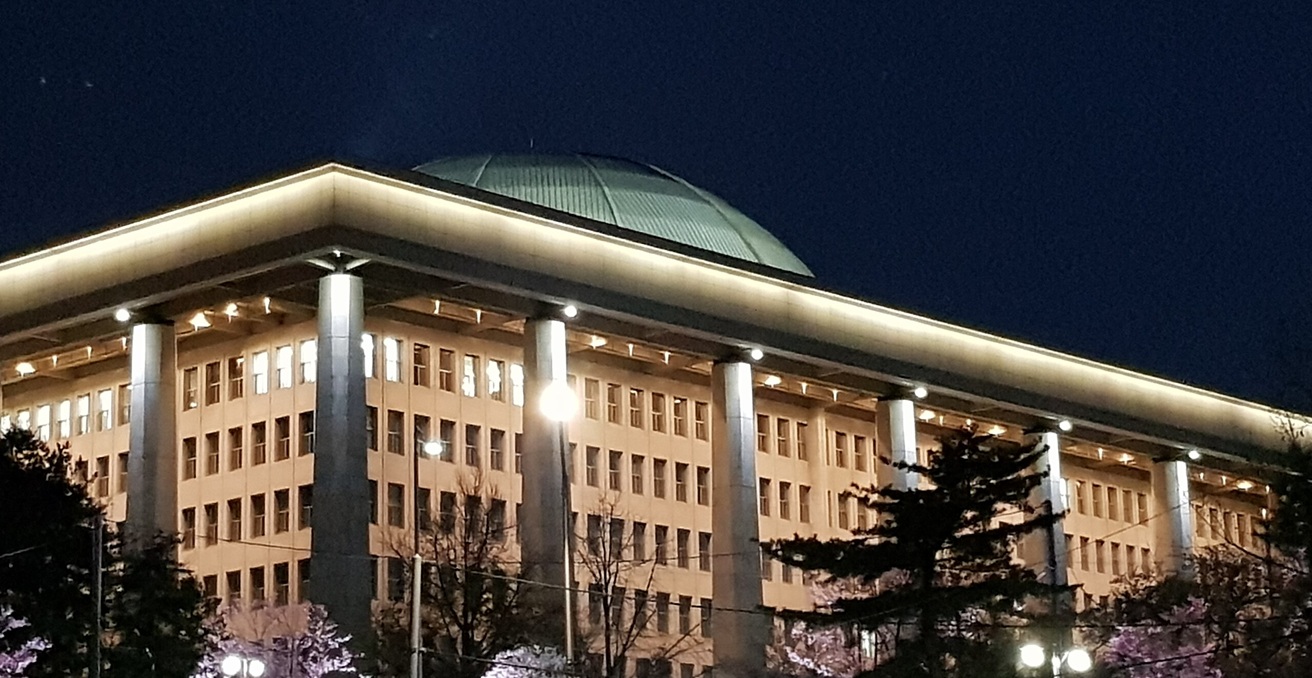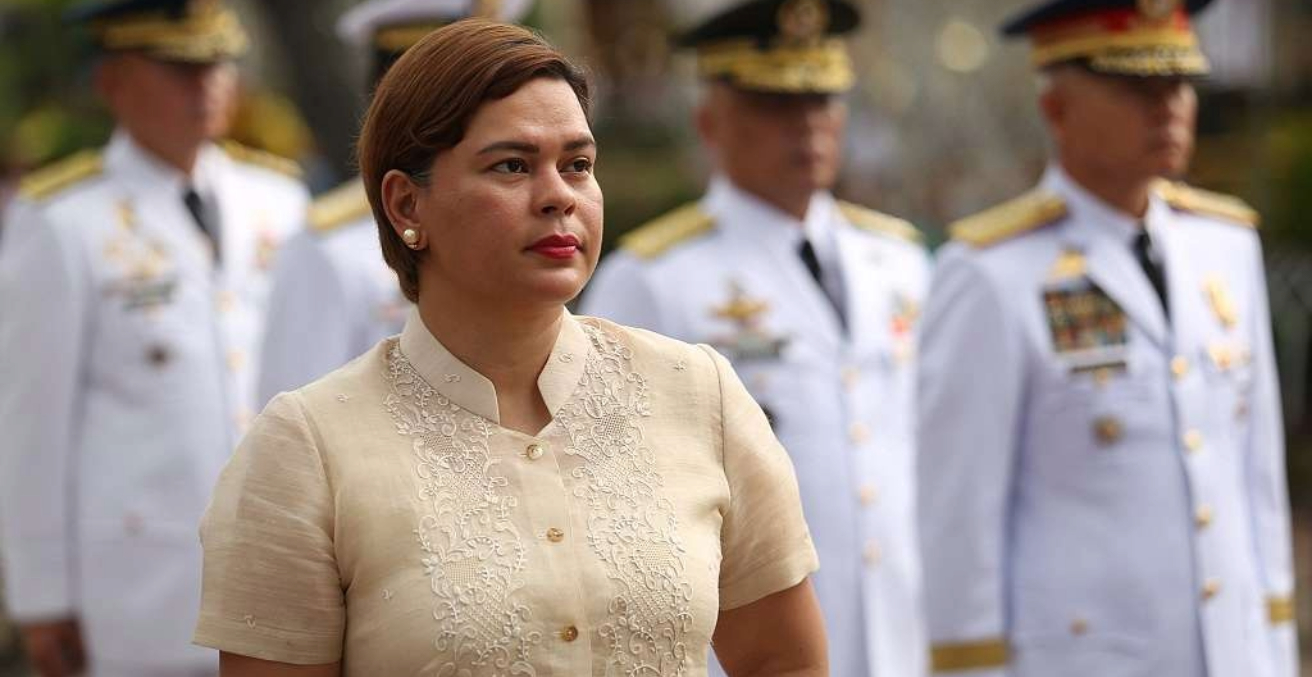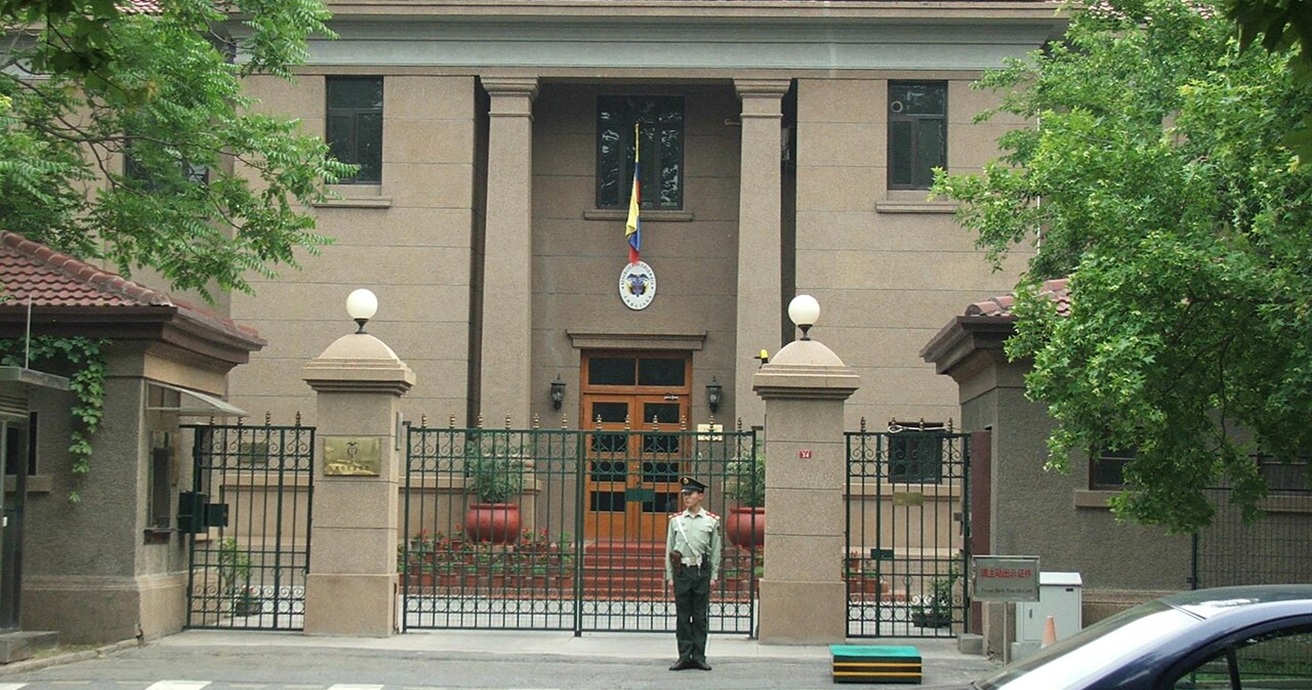Largely unnoticed, the Afghan Taliban have been rapidly expanding a network of Madrassas to propagate their ideology to a captive audience. This may prove to be one of the most fearsome developments in Southwest Asia since the United States abandoned Afghanistan to the Taliban in 2020-21.
Terrorist attacks and terrorist groups rarely emerge from thin air. On the contrary, they are often the product of socialisation of vulnerable people over a considerable period of time. It therefore pays to be alert to the processes of incubation of terrorism, and one country that should be a source of growing alarm is Afghanistan under the Taliban.
The incubation of destructive mindsets has a long history. In February 1921, in Bolshevik Russia, a decree was issued to establish a “Commission for the Amelioration of the Lives of Children” (Komissiia po uluchsheniiu zhizni detei). This was in part a response to the large number of orphans at large, a product of the Russian civil war, but it had a more sinister dimension. The first Chair of the Commission, Feliks Dzierżyński, was also the head of the regime’s secret police, the Cheka, and over time the Commission became an incubator of a new generation of regime supporters. In this respect, it was a precursor for the establishment by later autocratic regimes of institutions that would socialise youth into the regimes’ ways of thinking: these included the Young Communist League (Kommunisticheskii soiuz molodezhi, or Komsomol) in the USSR and the Hitler Youth (Hitlerjugend) and the League of German Girls (Bund Deutscher Mädel) in Nazi Germany. The disruptive potential of radicalised youth was not simply a European phenomenon; it was prominently on display in the form of the Red Guards in China in the late 1960s during the high tide of the “Great Proletarian Cultural Revolution.” There was a grim logic to these initiatives; as Saint Ignatius Loyola allegedly put it, “Give me the child until he is 7 and I will show you the man.”
One country that did not escape this problem was Afghanistan. Following the Soviet invasion of Afghanistan in December 1979, the Soviet puppet regime adopted the Bolsheviks’ 1921 precedent, and on 5 September 1981, a body was established called the “Foster Home of the Fatherland” (Parwareshgah-i Watan), of which the first director was Dr Najibullah, head of the regime’s secret police. Aimed at creating a “janissary class,” it oversaw the dispatch of orphans to the USSR for training, and – fearing a wider program of forced removals – some families fled the country to prevent their children also being selected for dispatch. An even more dangerous development was taking shape across the border in Pakistan, to which millions of Afghan refugees had fled following the Soviet invasion. Orphans from refugee camps were recruited into radical Islamic colleges (madrasas) where they received a pure dose of religious ideology.
This was not much noticed at the time: even educational materials supplied from the United States tended to emphasise the idea of religious struggle (jihad) as a motivational tool against the USSR. In the long run, however, the graduates of these madrasas made up key shock-troops of the Taliban movement, which from 1994 was promoted by Pakistan’s interior minister and Inter-Services Intelligence directorate (ISI) as a tool to block the growth of Indian influence in Afghanistan. The extremism of the Taliban was on full display during their occupation of Kabul from 1996 to 2001, and it resurfaced with a vengeance after the United States abandoned its pro-Western Afghan allies, going behind their backs to sign an exit agreement with the Taliban on 29 February 2020. While attention has now shifted decisively from Afghanistan – a humiliating theatre about which few Western politicians want to talk – the dangers that flow from the Taliban takeover are still very real, not least because of their long history of using terror as a tool, and their hosting of other terrorist groups. And one of the greatest dangers arises from the Taliban’s desire to produce a new generation socialised in the Taliban’s extremist ways of thinking.
While some activists have sought to advance the view that Afghanistan is being unfairly squeezed by Western sanctions and the freezing of central bank assets held in the US, the Taliban have had little difficulty in mobilising resources for a massive expansion in the number of madrasas in the country. This has been on a scale unparalleled in Southwest Asia since the explosion in madrasa numbers in the province of Punjab in neighbouring Pakistan in the early 1990s that fuelled years of vicious sectarian violence in that country. An ominously-named “General Directorate of Jihadi Schools” (Riasat-e umumi-i madaras-e jehadi) has been established as an independent unit within the Taliban’s Ministry of Education. According to the Directorate, there are now 6830 madrasas in Afghanistan, no fewer than 5618 of them certified since the Taliban takeover. Like the more radical pesantren in Indonesia that spawned groups such as the Bali bombers, the Taliban “education” system is shaping up as factory for extremism. The wider danger of such radicalised systems is that they can spin right out of control, producing graduates with darker and more expansive ambitions than even their teachers might have entertained or anticipated. The potential threat that this poses – not only to vulnerable minorities in Afghanistan, such the mainly Shiite Hazaras, the more recently-persecuted Panjsheris, and democratic activists, but to the wider world more broadly – should not be underestimated.
The number of new madrasas on its own is disturbing, but it becomes still more alarming when one takes into account the Taliban’s broader approach to curriculum content. In a reflection of the Taliban’s anti-Western mindset, even schools that taught a modern curriculum are being forced to shed crucial components in order to make space for Taliban religious ideology. Of course, the feature of the Taliban’s approach to education that has attracted the most attention has been their exclusion of girls from secondary or tertiary education, a critical aspect of their wider policy of gender apartheid. This has prompted some speculation that madrasas for girls might open an alternative pathway to female education. What has received less attention, however, is the way in which the Taliban have been altering the curriculum for even those basic schools that girls can still attend, refocusing them specifically on the kind of Sunni religious doctrines to which the Taliban adhere. And while in the short run opening madrasas for older girls might superficially seem to offer some escape from the prison-like situation that many endure, in the longer run, it could consolidate an expansion of extremism into domestic environments. While some Taliban figures hypocritically send their own daughters abroad for schooling, the misogyny of the Taliban leadership in Kandahar is deep-rooted and profound, and it is delusional to think that madrasas offer a half-way house on a road back to equal opportunity. On the contrary, madrasas are emphatically not the solution to the problem of ensuring proper access to education for girls in Afghanistan.
This should come as no surprise. It is too easily forgotten that the Taliban – notorious before August 2021 for their terrorist attacks on teachers and students at Afghan universities, as well as their destruction of schools in rural areas – have no meaningful commitment whatever to modern, pluralist forms of critical education. When advocates propose a search for engagement with the Taliban via steps such as assisting the Taliban in the payment of teachers’ salaries, it pays first to ask what such teachers would be teaching. One thing should be clear: for Western states inadvertently or unwittingly to subsidise the spread of Taliban ideology would be both the ultimate ignominy after years spent misreading the Taliban’s intentions, and a source of real danger for the future.




